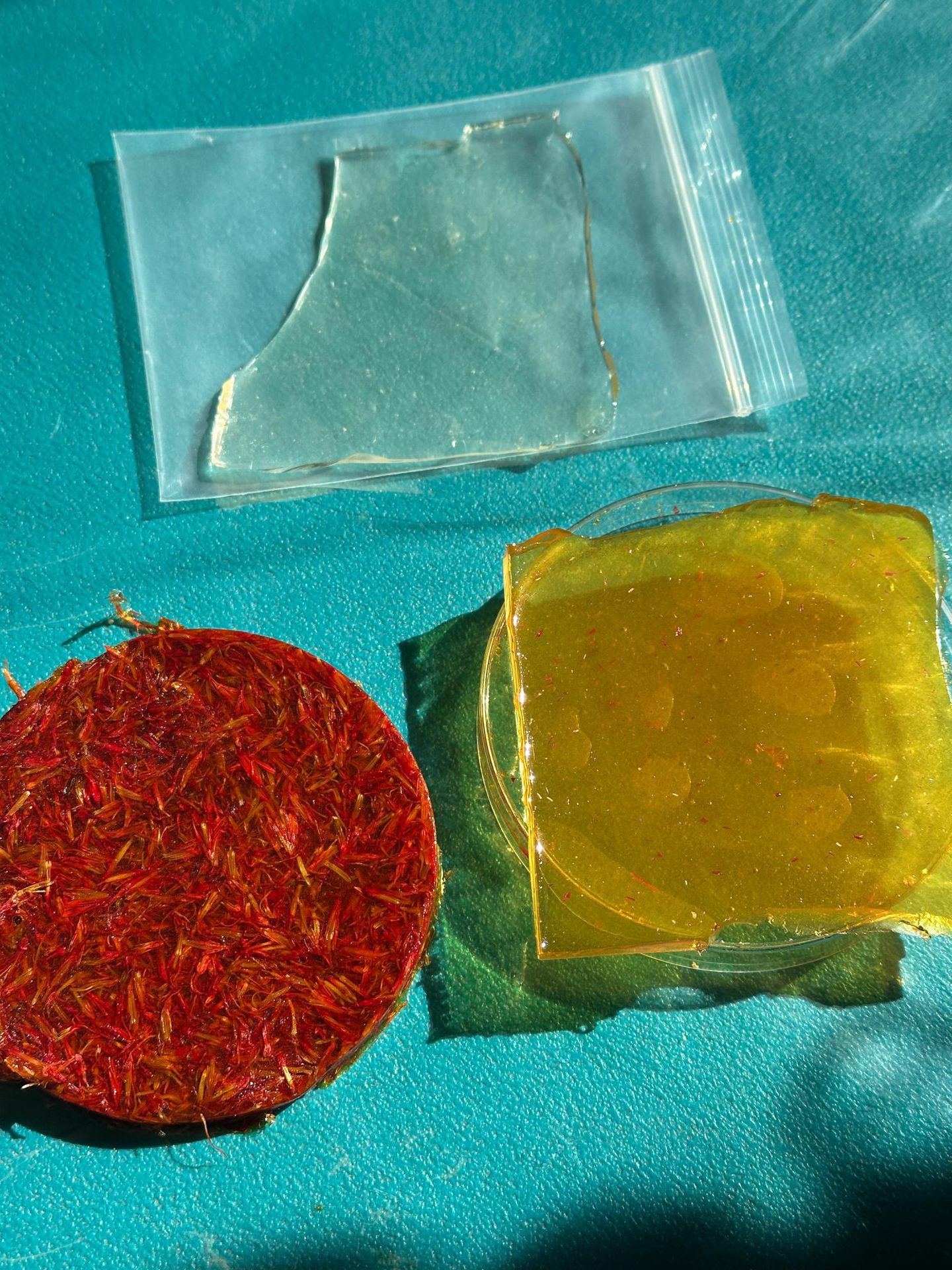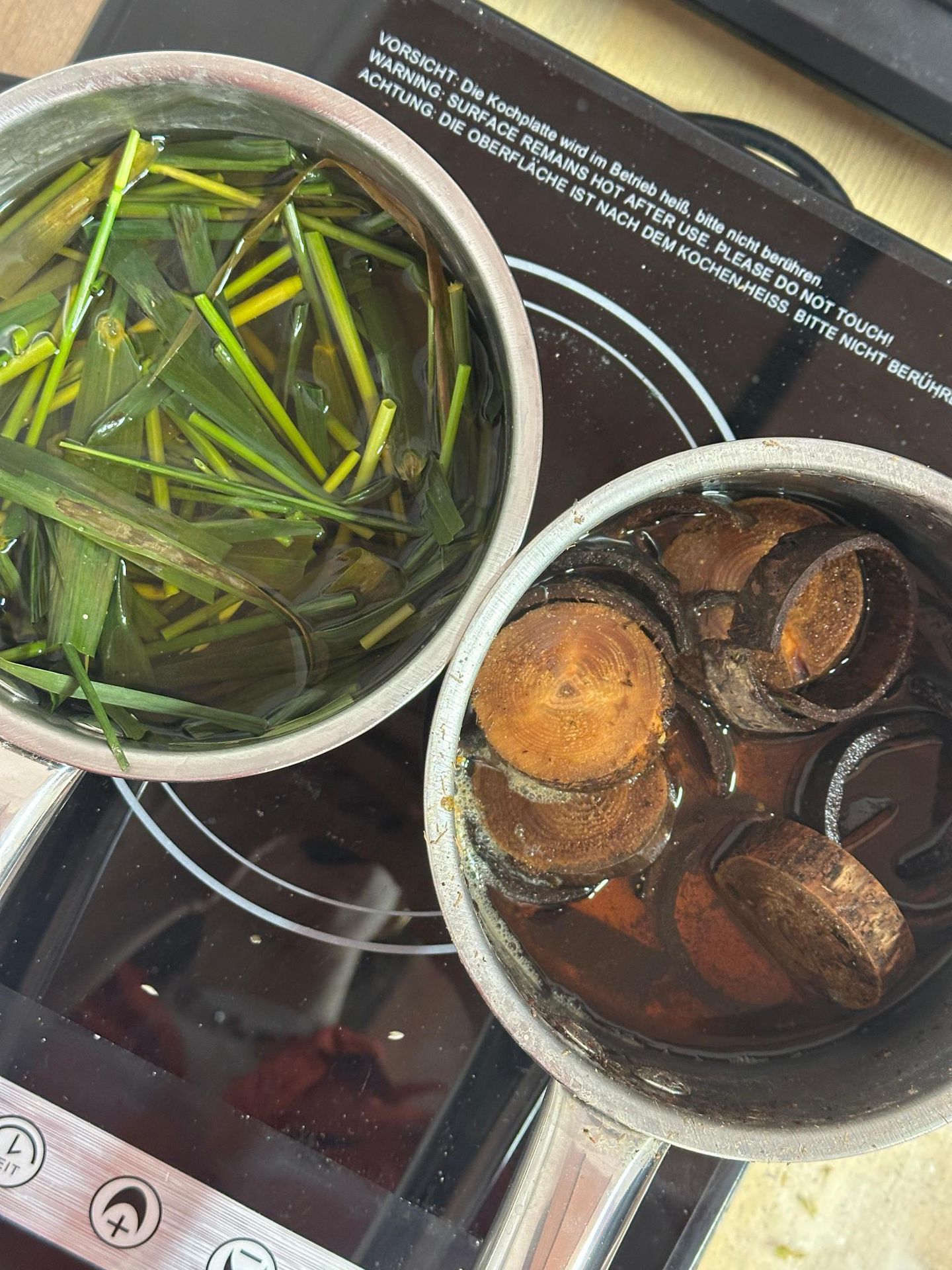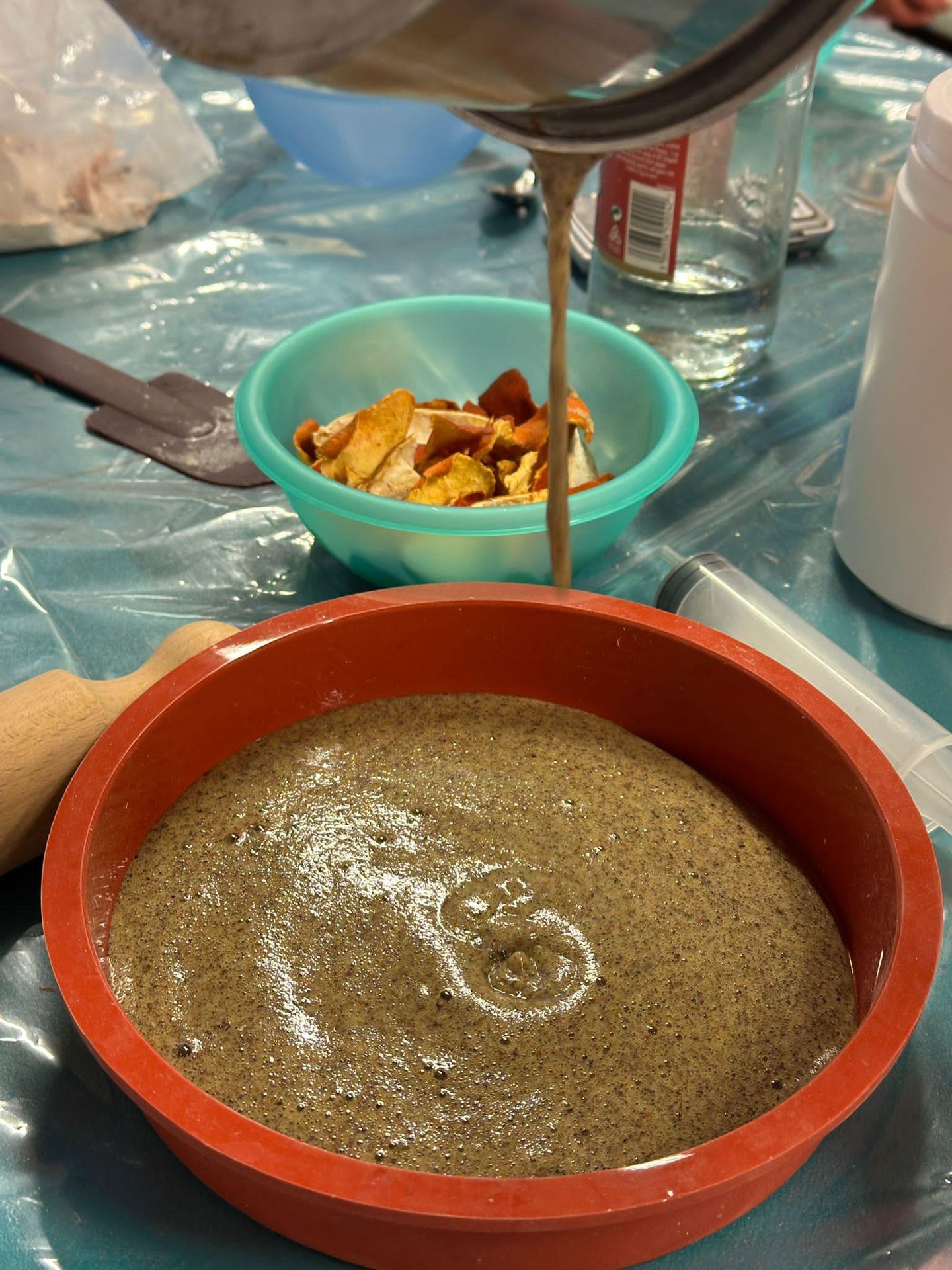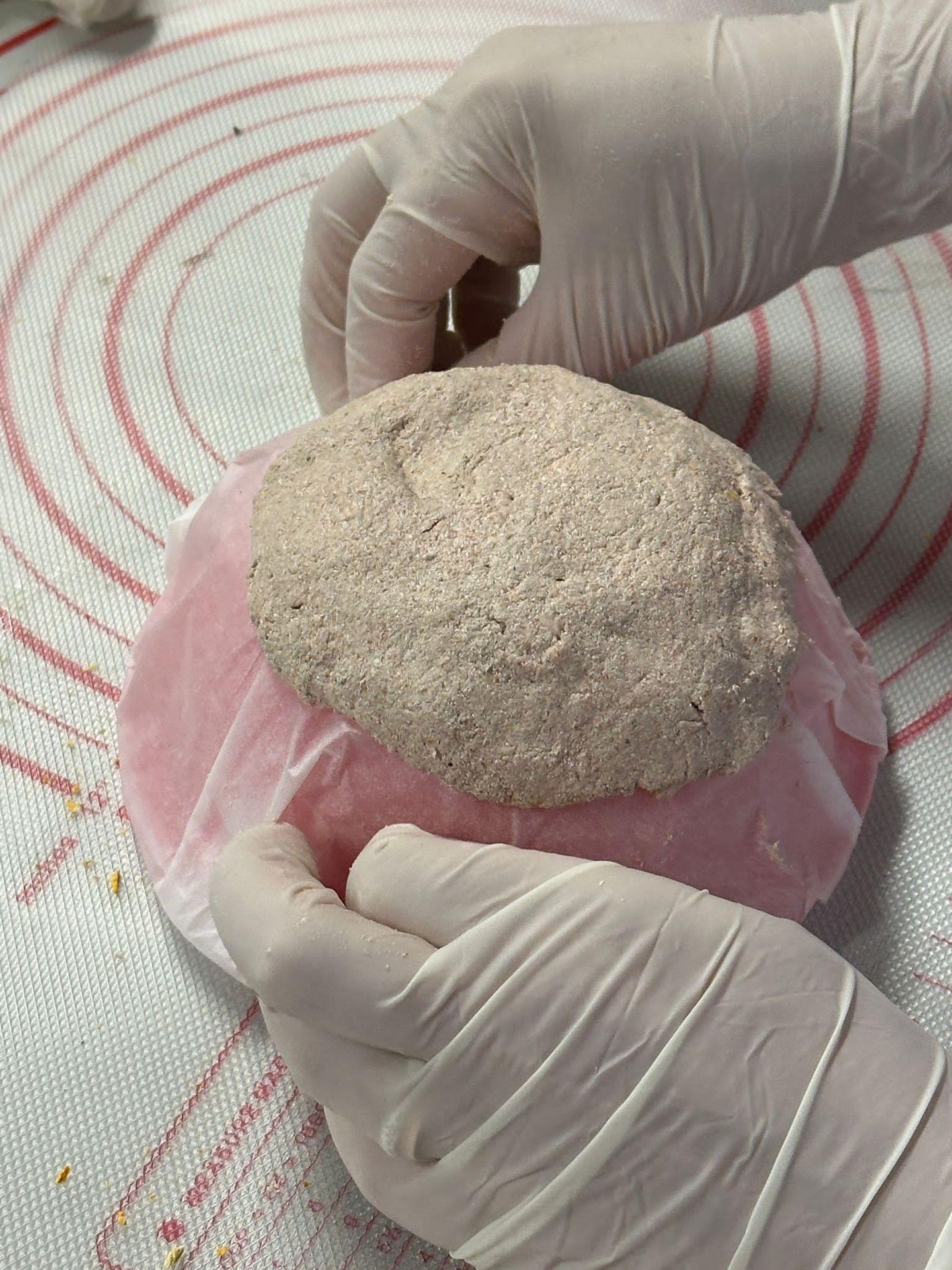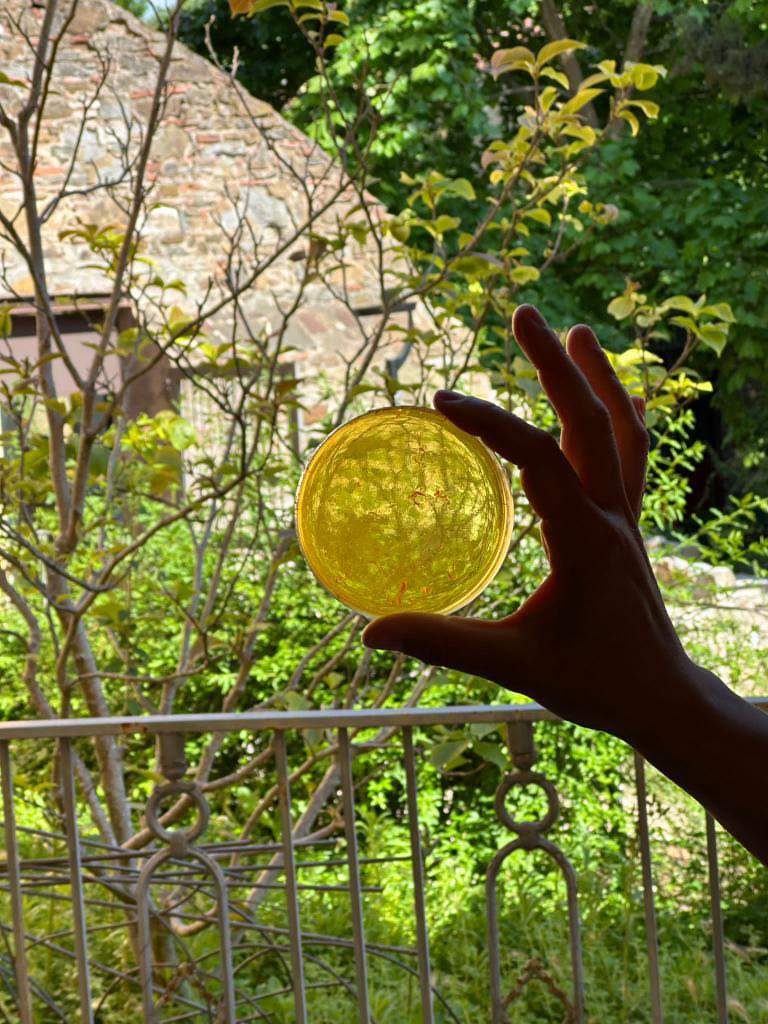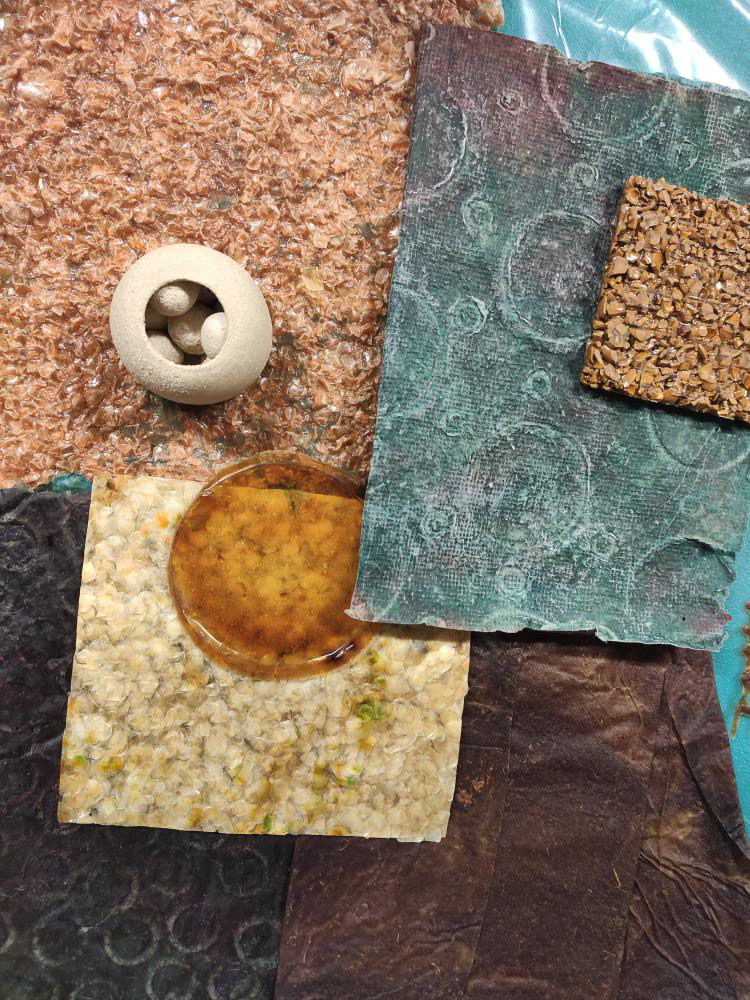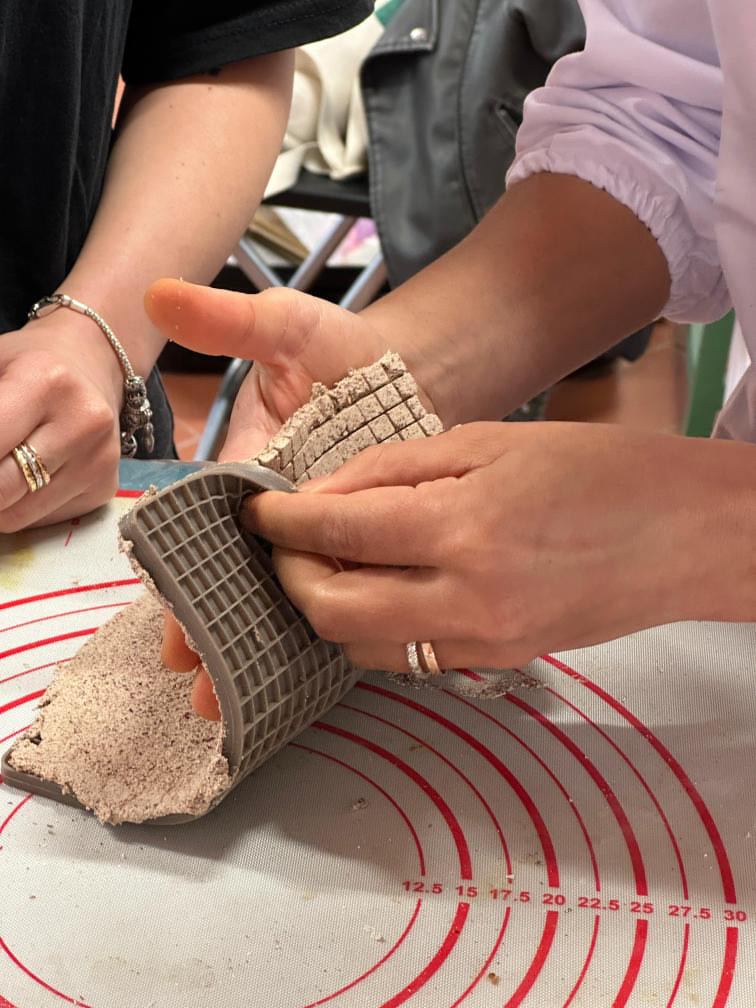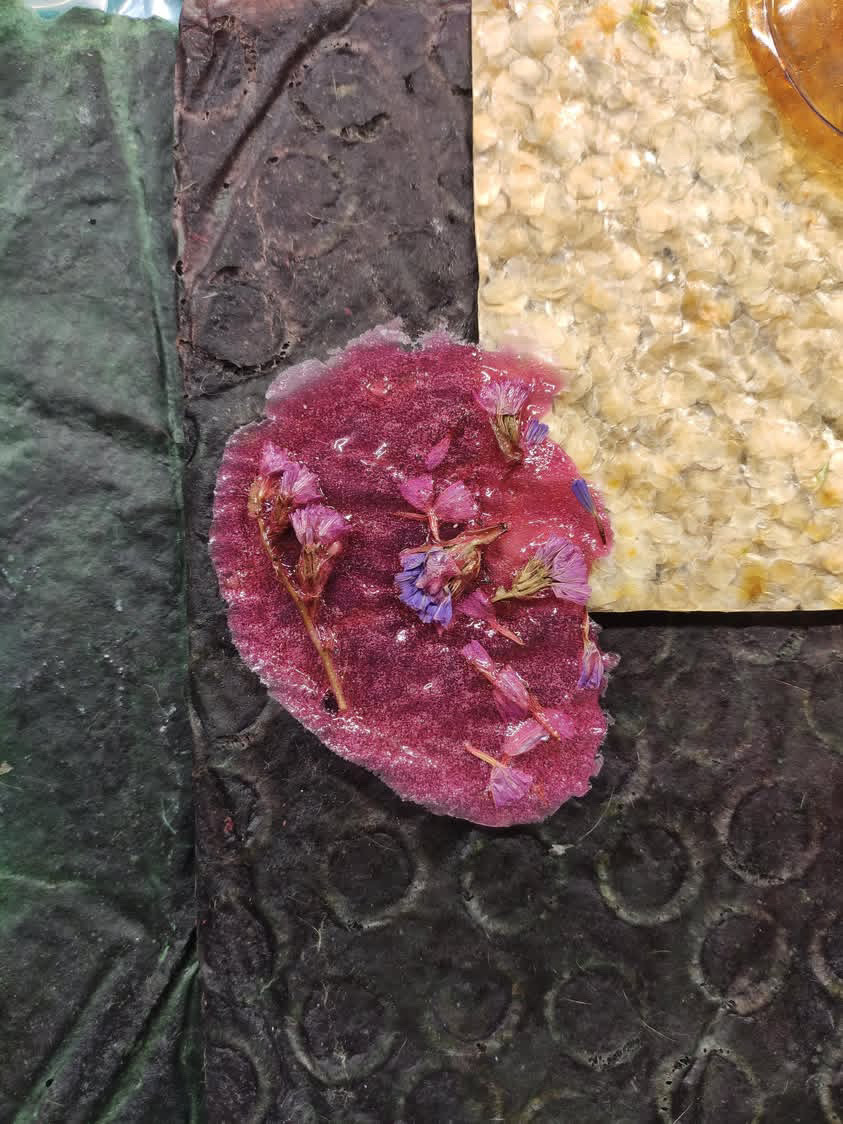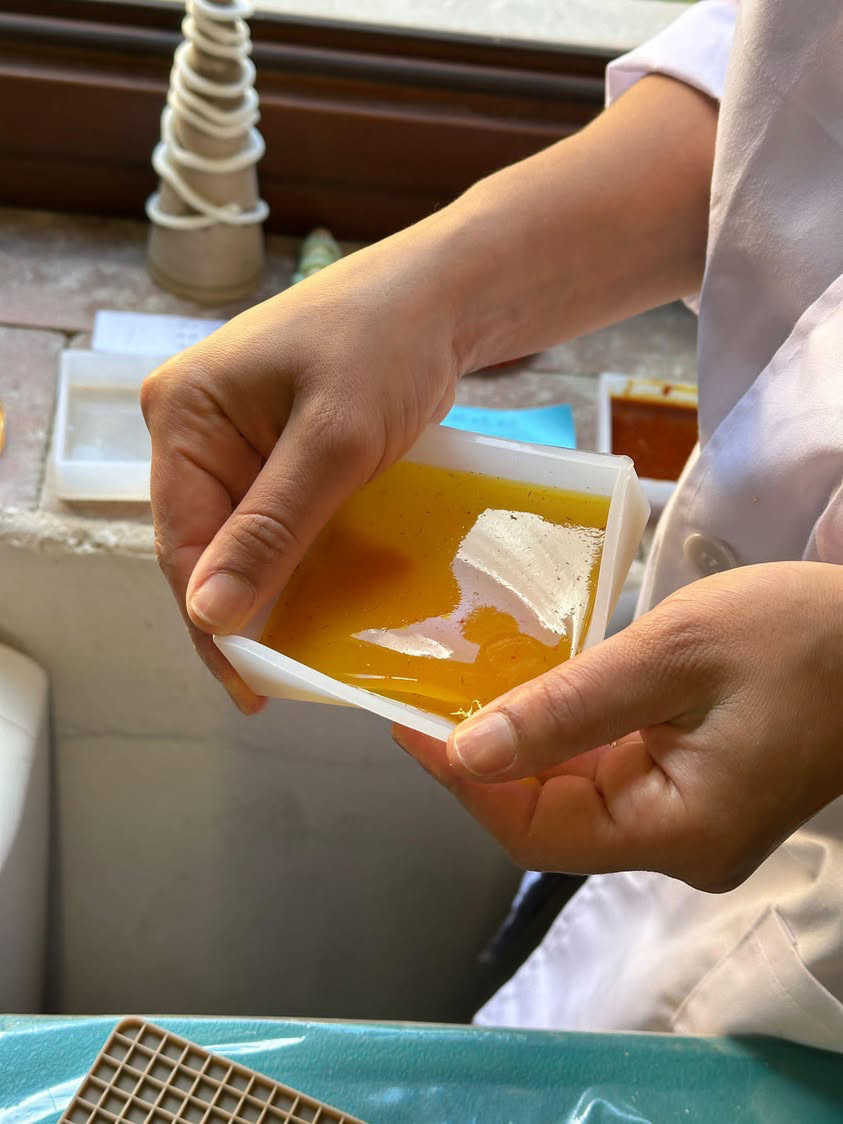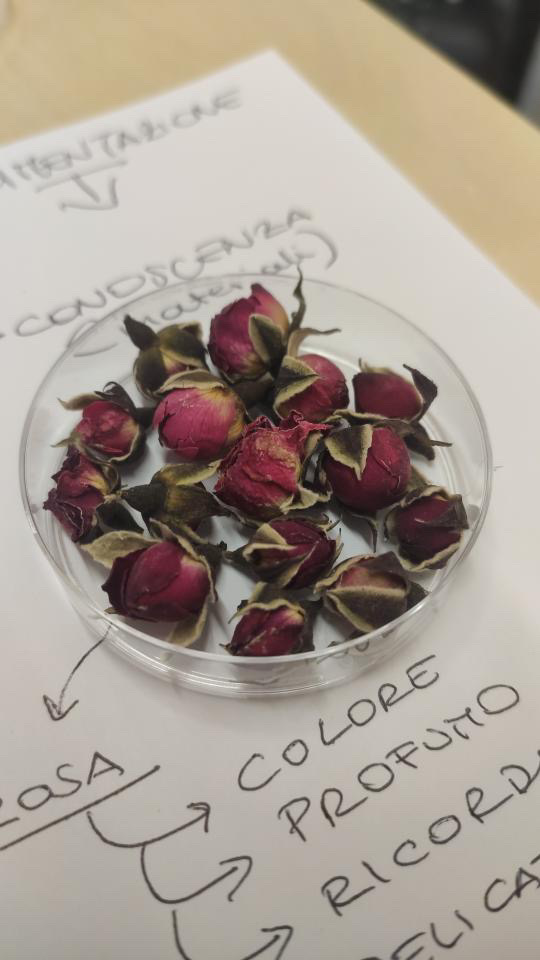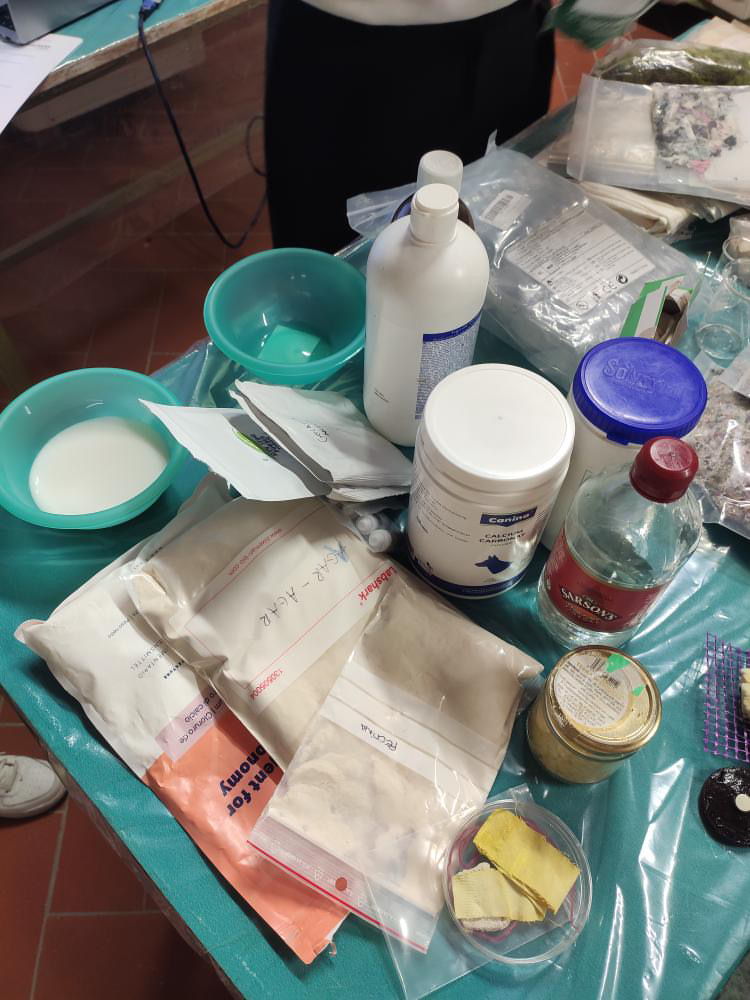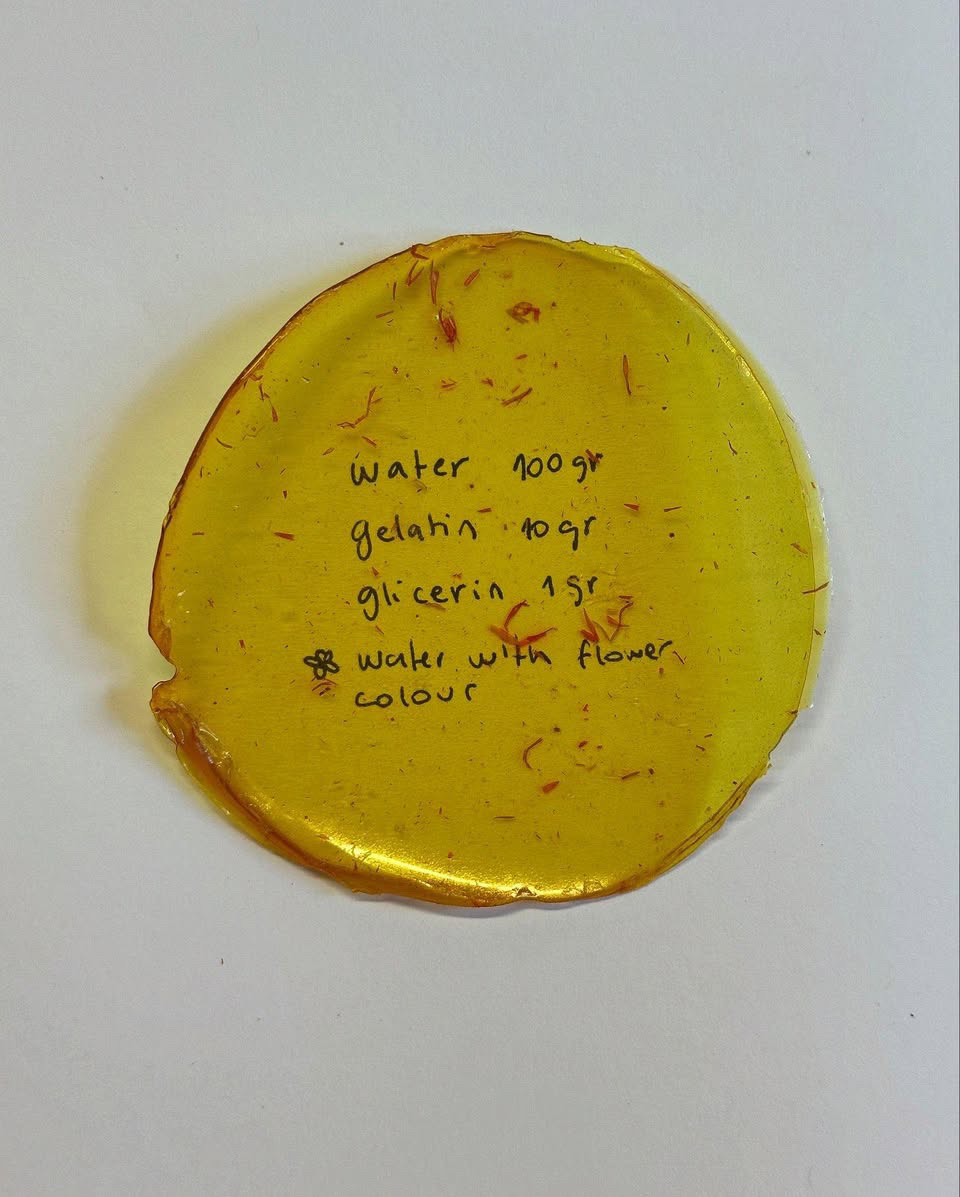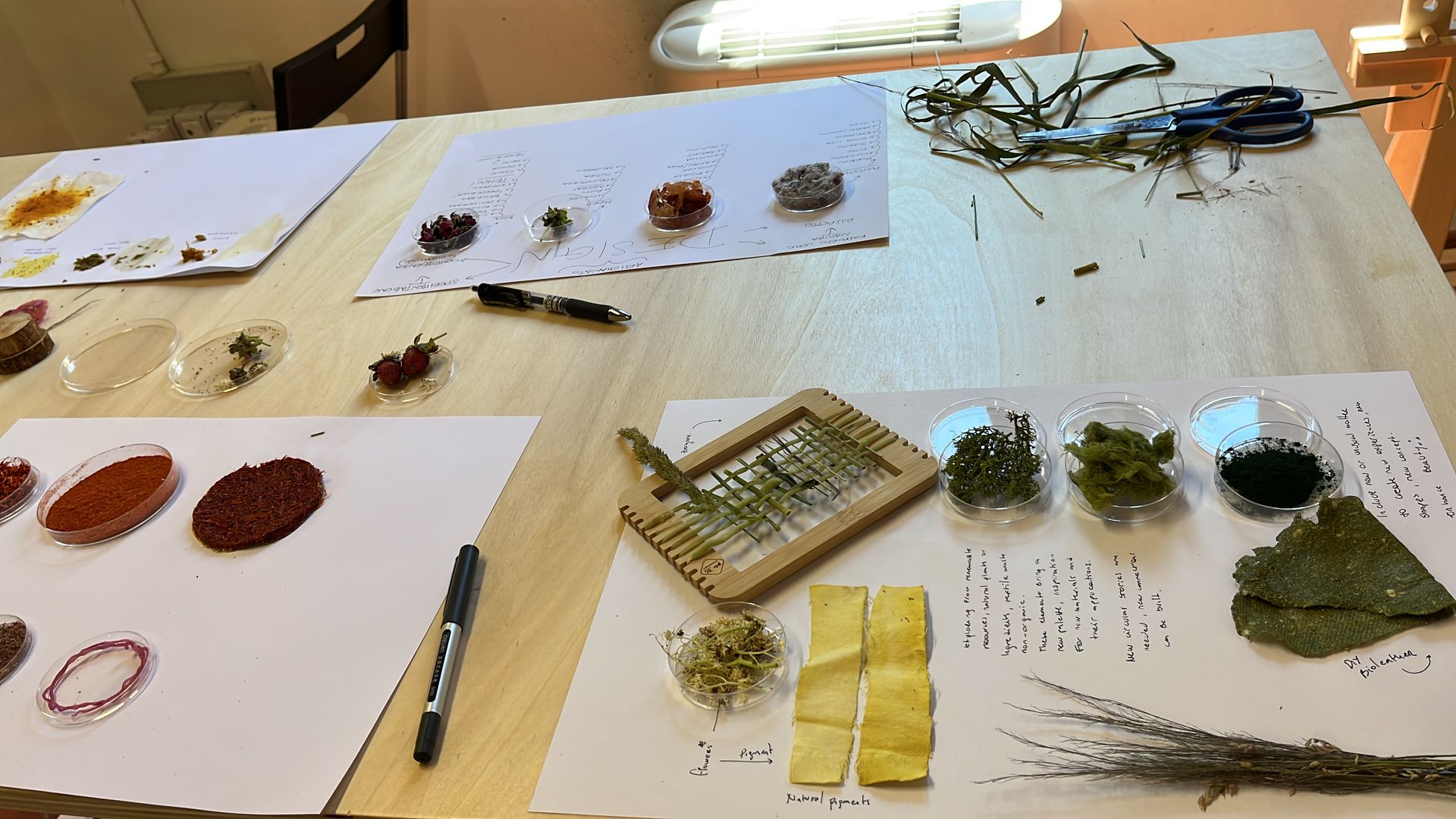How do materials speak? What stories can they tell - not just through form and function, but through time, texture, and transformation?
These were some of the questions at the heart of the “Materials Dialogues” workshop, held in Florence and attended by a group of designers, makers, and alternative photographers from Italy. Nestled between design and craft, the group brought diverse perspectives and a shared curiosity for the expressive and sensorial potential of materials - especially in their raw, natural, or DIY forms.
Rethinking time through material
One of the most resonant themes to emerge was the notion of material temporality - the different ways in which time is perceived, respected, or even resisted in craft practices. Participants reflected on how traditional materials tend to align with natural rhythms, standing in contrast to the synthetic permanence or rapid obsolescence of many industrial materials.
Themes of durability, transformation, and natural aging sparked rich conversations. Materials were not merely seen as passive carriers of form but as living, active elements - structural supports and expressive protagonists. Their identity mattered: as bases for images, as bodies that evolve, as traces of the landscapes from which they originate.
Color, texture, and sensorial quality became tools for building emotional and territorial connections. Many participants noted how natural hues seemed to echo local geography, while tactile features sparked surprise and personal memories. This depth of interaction underlined the expressive richness that materials can bring when approached not just as means to an end, but as narrative media.
From moodboards to storyboards
The workshop wasn't just a platform for dialogue - it led to tangible, often unexpected, outcomes. Among the most visually striking were the DIY material samples, created and collected during hands-on sessions. Participants developed visual moodboards that mapped expressive and sensorial qualities, played with color palettes, and captured material behavior.
Some of these moodboards evolved into storyboards, combining textures, colors, and fragments of territory to tell personal or abstract stories. Several resembled seasonal diaries or material landscapes, showing how craft can also be a method of storytelling through surface, substance, and structure.
A sprouting surprise
And then there was the plant. 🌱
During an experiment involving petals, flowers, and plant matter in bioplastics and textile dyeing, one unassuming sample - after returning to the lab and being placed near a window - started to sprout. A sneaky seed had made its way into the mix and, nourished by the experimental substrate, decided to grow.
This unexpected moment of life added a magical twist to the workshop’s explorations, sparking reflection on living materials, unseen life cycles, and the blurred boundary between crafting and cultivating.
Ripples and continuations
The workshop planted seeds - literally and figuratively - for future exploration. One participant, previously unfamiliar with DIY biomaterials, began integrating these techniques into her sustainable photography practice, developing new substrates for image-making. She’s since launched a newsletter to share her journey, connecting with others interested in eco-conscious visual storytelling.
The material samples and techniques generated during the workshop are being documented as part of the growing Handbook of Recipes and Techniques, an open-access resource for the Tracks4Crafts community.
